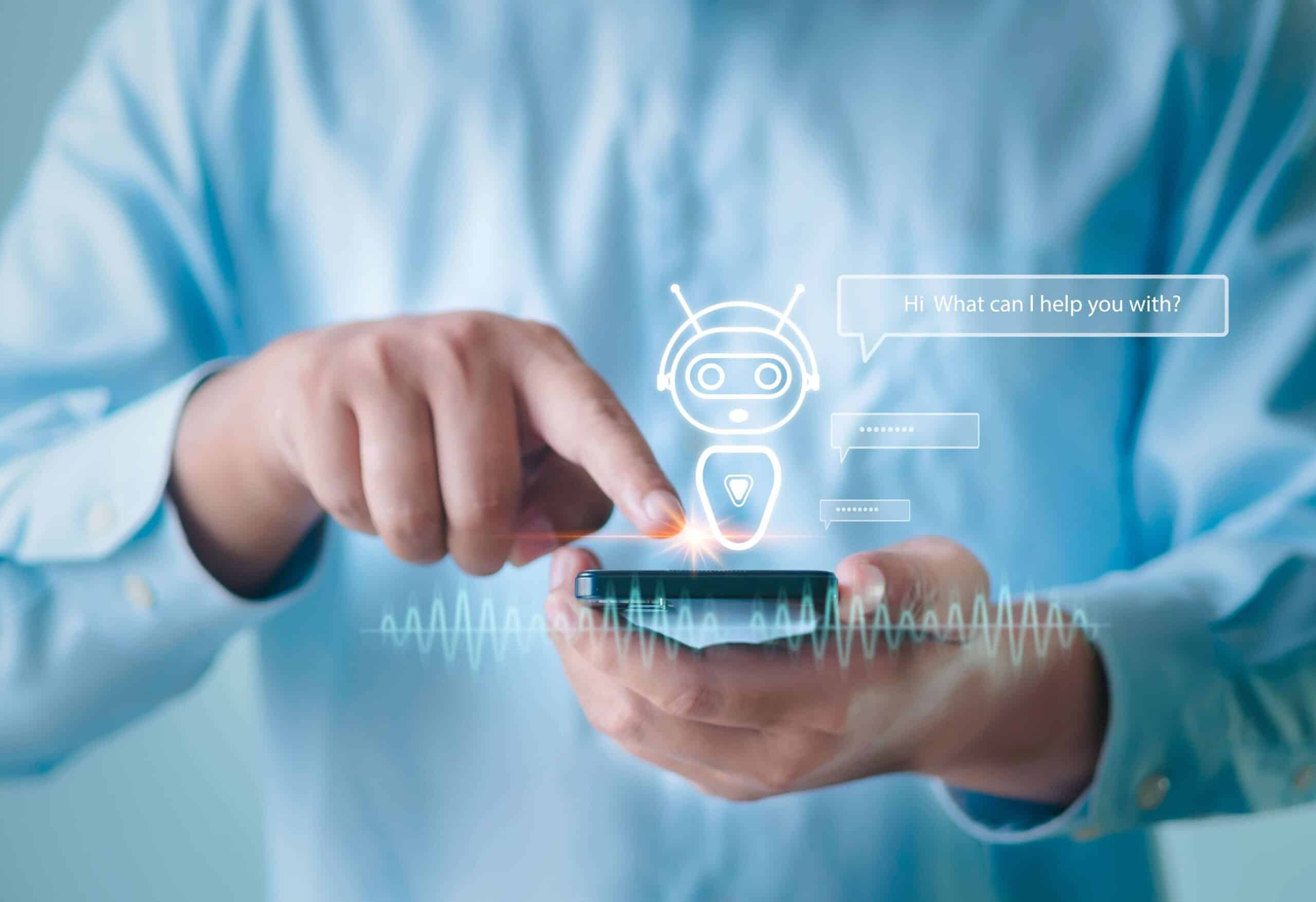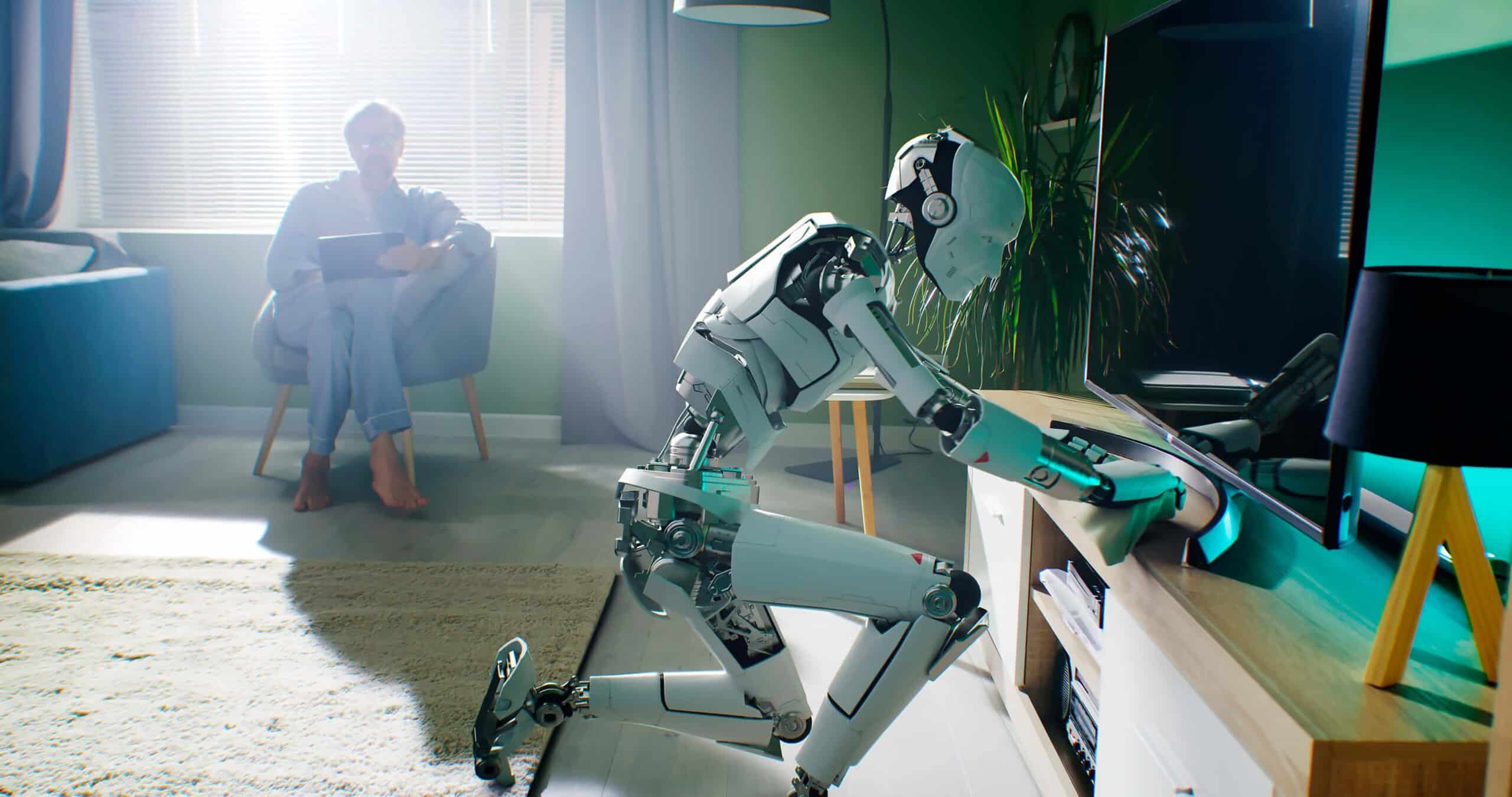- US retail giant Target’s algorithm predicted high school girl’s pregnancy
- Your next handshake, high-five, or hug can be predicted by an algorithm
- Your plan to quit your job will soon no surprise your employer
- AI programme predicts when you will die by looking deep into your eyes
- Interesting facts & figures about algorithmic predictions
- Free will, ethical concerns, and more
Human beings have been using predictions throughout history. Wars have been waged based on predictions. In recent years, computer algorithms have been used to create models and make projections. They are also increasingly used to make predictions, such as whether we will crash our car, what we are going to purchase next, when we will get sick, what job we will get, where we will live, or whether we will commit a crime. Netflix can ‘predict’ which movie you will likely enjoy watching, based on previous behaviour, and algorithms in video games make use of historical data to predict your next move. And in terms of this article – chances are that an algorithm predicted you might be interested in reading it. There are various indications that AI algorithms could soon start making increasingly accurate predictions of the future, which could be very useful for a number of reasons. For instance, if industrial robots working alongside humans in factories would have the ability to predict your next move, the number of accidents could be significantly reduced. And autonomous vehicles with the ability to predict other road users’ actions could greatly lower the number of traffic calamities. And there are many other benefits, depending on where, how, and for which purposes the technology is implemented. Let’s explore some examples of prediction algorithms already in use, and learn about their purposes and benefits.
US retail giant Target’s algorithm predicted high school girl’s pregnancy
This must be one of the earliest – and most shocking – examples of algorithms making predictions. A decade ago, US retail giant Target’s algorithms managed to determine that a young girl was pregnant – even before her own father knew, and sent her coupons for baby clothes and maternity wear. As a Target customer, you are assigned a unique ID that gets updated with information on what you buy, how you pay, what you look at on their website, or any other interaction you have with them. And it’s clearly quite easy to make predictions based on all of this data. Retailers love to know every detail about major life events, such as career changes, weddings, the purchase of a home, and… pregnancies. Major life events are goldmines to them. To be able to ‘predict’ pregnancies, Target analysed data from women who had baby registries at the store and combined this information with demographics data. This enabled them to pinpoint a combination of 25 products that could be an indication of a woman being pregnant. In the case of the teenage girl, the retail giant was even able to predict the trimester of her pregnancy as well as the baby’s approximate due date, based on the type of products purchased. This enabled Target to send coupons that were specifically timed to various stages of the girl’s pregnancy.
Your next handshake, high-five, or hug can also be predicted by an algorithm
Researchers at Columbia School of Engineering and Applied Science in New York have recently unveiled computer vision technology that can give machines an intuitive ‘sense’ of what’s about to happen next, up to several minutes into the future. It does this by analysing thousands of hours of television shows and sports games containing all kinds of interactions, body language, and greetings, ranging from fist bumping and handshaking to hugs and high-fives. If the algorithm is unable to predict which exact interaction is about to happen next, it finds commonalities between the possible options and makes a more general prediction like ‘they are going to greet each other’. “Not everything in the future is predictable. When a person cannot foresee exactly what will happen, they play it safe and predict at a higher level of abstraction. Our algorithm is the first to learn this capability to reason abstractly about future events,” say Columbia Engineering PhD students Didac Suris and Ruoshi Liu. These developments could eventually lead to applications in collaborative robotics, autonomous driving technology, and assistive technology, where algorithms – instead of taking predetermined action – will be able to analyse a situation and make much more nuanced decisions. This will be a crucial step in building trust between humans and intelligent machines.
Your plan to quit your job will soon no longer surprise your employer
Employees quit their jobs for various reasons, such as unfavourable working conditions, insufficient pay, limited room for career advancement, toxic work environments, or a lack of work-life balance. Often, these reasons only become clear to the employer when the employee leaves – if at all. However, it looks like this is all set to change, as new algorithms are able to predict when an employee is likely to leave the company. This will enable employers to determine the main reasons for staff turnover and invest in retaining their people. The ‘quitting algorithm’ was developed by professor David Allen of Texas Christian University and professor Brooks Holtom of Georgetown University. Using big data and machine-learning algorithms, the tool measures two important factors that indicate that a staff member is considering handing in his or her notice. One of these factors is the ‘turnover shock’ – an event that leads to an employee considering quitting, for instance a major acquisition, a change in the structural setting of an organisation, a company scandal, a change in company leadership, or a change in the employee’s personal circumstances, such as the birth of a child. These events are determined by all kinds of data, such as information about legal action taken against the company, news articles about the firm in question, or changes in company stock value. The other factor that was measured was ‘job embeddedness’ – how connected the employee feels to the company. This factor is determined by publicly available information on social media and other platforms. Information used includes gender, age, geographical location, level of education, skills, employment anniversary, and job history.
“The genie is out of the bottle, and I think this is the direction most organisations are going to head. They’re going to collect more data and they’re going to analyse it more thoughtfully, more carefully, to increase the odds that they can attract and keep good people.”
Brooks Holtom
Testing the algorithm revealed that people earmarked as most likely to consider a new opportunity were, in fact, 63 per cent more likely to have taken on a new position by the time the study period ended. The potential benefit of the use of this quitting algorithm – for employees and employers alike – is that employers eventually learn more about what’s important to their staff members, which enables them to improve the work environment and prevent costly and disruptive replacement efforts. “The genie is out of the bottle, and I think this is the direction most organisations are going to head. They’re going to collect more data and they’re going to analyse it more thoughtfully, more carefully, to increase the odds that they can attract and keep good people,” Holtom says.
Algorithm predicts when you will die by looking deep into your eyes
The end of our lives often comes without warning, and – up until recently – there was no way of knowing exactly when a person would die. But in the not too distant future, a swift, pain-free scan of your eyes could help medical professionals identify ‘fast agers’, who are at greater risk of dying early. Researchers from Melbourne’s Centre for Eye Research have conducted extensive studies of a particular part of the human eye to get a better understanding of someone’s true biological age, which could provide a glimpse into the future health of a person. For this, they used a newly developed AI algorithm that can predict the number of years you will live by looking at the tissue at the back of your eye: the retina. The researchers studied more than 130,000 retinal images and found that, for each year of difference between a person’s actual age and the older biological age identified in the eye, there was a two per cent increase in the risk of death from any cause. The extremely accurate algorithm was able to predict the age of nearly 47,000 elderly and middle-aged people with only a 3.5-year error margin. Dr. Mingguang He, a professor of ophthalmic epidemiology at the University of Melbourne and Centre for Eye Research in Australia and author of the study, said: “The retina offers a unique, accessible window to evaluate underlying pathological processes of systemic vascular and neurological diseases that are associated with increased risks of mortality. The significant association between retinal age gap and non-cardiovascular/non-cancer mortality, together with the growing evidence of the link between eye and brain, may support the notion that the retina is the ‘window’ of neurological diseases.”
Interesting facts & figures about algorithmic predictions
- While we know that algorithms can be biassed, we still continue to use them because the accuracy or benefit of the results is more than 90 per cent greater than the harm they could cause or errors they might produce.
Source: CCCBLab
- Research shows that by 2025, AI and algorithmic forecasting will boost profitability by 38 per cent and generate additional revenues to the value of an astounding $14 trillion.
Source: Accenture
- Analyses of close to 140 studies – in which human predictions of health-related phenomena were compared to those by algorithms – have indicated that, in 64 studies, algorithms outperformed human clinicians in approximately 47 per cent of the time. In 64 studies, algorithms performed roughly equally compared to humans.
Source: The Wharton School, University of Pennsylvania & Sloan School of Management, MIT
- In 2020, the value of the predictive analytics industry was $8 billion. By 2028, this industry is projected to grow to almost five times its current size and reach a total revenue of $39 billion.
Source: Zion Market Research
Free will, ethical concerns, and more
Predictive analytics are permeating more and more aspects of our lives. One of many challenges related to these new developments is, however, that no one is asking us for our permission. And there is no framework within which algorithmic predictions are regulated. People are supposed to have free will and agency, and we should always have access to opportunities that enable us to succeed in spite of predictions or odds. Like former South African president and civil rights advocate Nelson Mandela did when he dedicated his life to fighting for equality – and ultimately helped overthrow South Africa’s racist apartheid system. Or Marie Curie, a young Polish woman who excelled during a time when it was unheard of – even prohibited – for a woman to study physics. Despite these odds, she finished at the top of her class at Sorbonne University in Paris, and her discoveries and innovations in the fields of radioactivity and the use of X-Rays changed the world.
The more AI is used to put people in categories and make predictions about them, the more we will be cheated out of a future in which we can use our own free will to make a difference – against the odds.
The general idea is that algorithms and their predictions – or nudges in a certain direction – will help us make better and faster decisions, leaving us with more time for important things, such as leisure time and spending important moments with our loved ones. But the reality isn’t so simple. In fact, the more artificial intelligence is used to put people in categories and make predictions about them, the less agency we will eventually be left with, and the more we will be cheated out of a future in which we can use our own free will to make a difference – against the odds. Predictions can even interfere with reality. If an algorithm advises a company against hiring you for a certain job – because it has determined, based on historical data, that you are not likely to be a good employee – this can have a significant impact on your life. The extensive use of predictions can even influence the way we think about ourselves and our capabilities, robbing us of future chances to prove (and believe) that we are, in fact, a good employee. Predictions can even turn into self-fulfilling prophecies and lead to problems like misinformation, polarisation, and increasing inequality.
A world in which we surrender to and live according to predictions would mean that there would no longer be much point to striving to make things better, and working to change future outcomes would no longer serve much purpose. It would be the end of possibilities, hope, and triumph over adversities. It would undermine our ability to defy the odds – which is a critical human ability that has, throughout history, helped save entire nations. Blame, praise, incentives, punishment, grades… all of these would no longer serve any real purpose if we would allow algorithms to increasingly predict or even determine future outcomes. And determining people’s fate based on the predictions of algorithms would boil down to turning them into machines.
So, even though algorithmic predictions can help us in many ways and offer a multitude of benefits and solutions for various challenges, it is of great importance that we carefully consider the potential downsides as well. At the very least, we will need to develop clear guidelines and safeguards for the use of algorithmic predictions and their future consequences.




